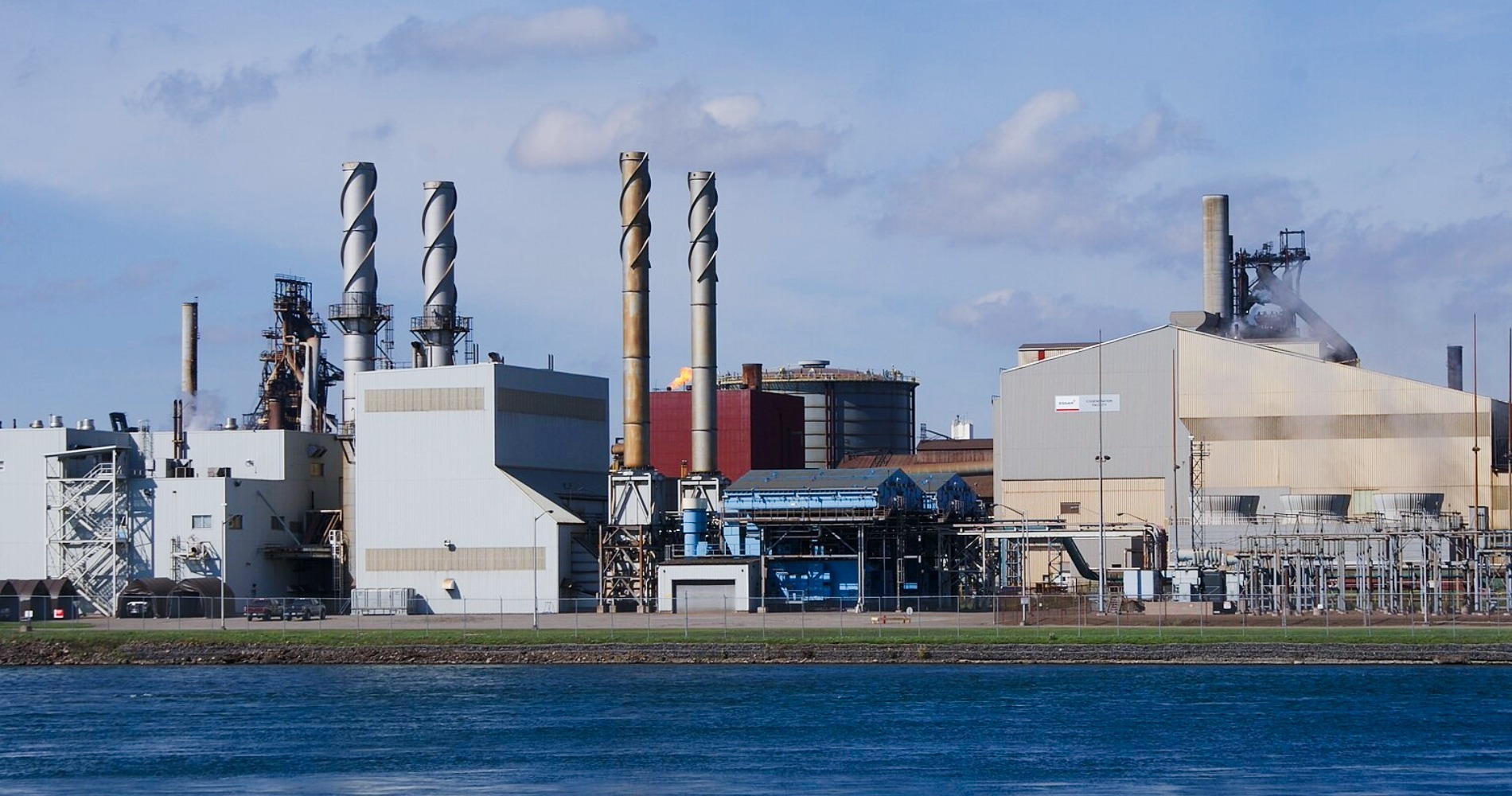It’s been a tough election for policy analysts. We like long platforms, detailed policy proposals, and lots of numbers. We didn’t get much of that in this election. But, at least on housing—a core concern for many Ontarians—parties have offered sufficient information to distinguish themselves.
Let’s examine what’s on offer.
The Progressive Conservatives (PC) don’t have an election platform or housing-related proposals on their website.
On the campaign trail, the premier defended his government’s record, saying “we’ve done more for housing than any government. We’ve cut the red tape; we’ve cut regulations.” It’s hard to assess the veracity of this statement, but we can look at some of the results.
In 2024, Ontario saw the largest decline in residential housing construction in the country. The province lost nearly 1,300 residential construction jobs last year—also the worst performance in Canada. On the housing construction front, whatever Ontario is doing, the other provinces are doing better.
The PCs also fell short on their own metrics. In the last election, the PCs promised to build 1.5 million new homes over 10 years, but the number of new homes being built is far off that target. And the party has yet to comment on condo sales plummeting to the lowest level in nearly three years and what that means for its housing policy moving forward.
On tenant issues, the current government’s record is crystal clear—it is gradually removing rent controls. One of the first measures of this government, back in 2018, was to exempt all new units from rent controls. Every year, the share of non-rent-controlled units grows.
The current government’s decision to move the Landlord and Tenant Board (LTB) to a “digital-first” approach, with a primarily remote hearing model, has also been a blow to tenants’ rights.
The Liberal Party has a plan called More Homes You Can Afford.
For prospective homeowners, the party pledges to bring down the cost of new homes by abolishing the land transfer tax and lowering development charges on new housing.
The two most common criticisms of cuts to the development charges are that they create financial pressures on municipalities that depend on that revenue—and that there are no guarantees that lower costs translate into lower prices.
The Liberal Party’s plan partially addresses the first problem by promising to introduce a fund to help municipalities with infrastructure costs. It doesn’t address the second concern. It also doesn’t address a third, more fundamental criticism that development charge cuts would likely increase land prices.
On tenant issues, the Liberal Party doesn’t promise to end the 2018 rent control exemption but promises to introduce “a fair, phased-in rent control to protect tenants from unfair increases, drawing on proven systems in places like Manitoba, Oregon, and California.”
What this means in practice is that new units will still be exempt from rent control, but not indefinitely. The document doesn’t specify the duration of the exemption. In Manitoba, one of the examples the plan cites, the exemption is 20 years; in that province, units built in 2025 will be exempt from rent control until 2045.
Also under rental housing, the Liberal Party promises to clean up the LTB Board backlog and expedite the new processes. This proposal answers demands from landlords. Tenant groups advocate for fairer, not speedier, processes.
Finally, the Liberals promise to support co-ops by exempting them from development charges and “other punitive taxes, such as Community Benefits Charges.” It stops short of pledging new funding. The plan doesn’t mention non-profit housing providers.
The New Democratic Party (NDP) platform includes a plan called Homes Ontario.
Instead of relying on the failed approach of incentivizing private developers and hoping prices come down, the NDP promises to revert to the approach where governments take a more active role in housing development. That’s how most apartment buildings and social housing units in the province were built back in the 1970s and 1980s.
In addition to building homes, the party is also promising to “enable the purchase of existing privately owned rental units” to be converted to permanently affordable public, non-profit or co-op housing. The federal government has a similar program, which is an effective measure in its National Housing Strategy.
For prospective homebuyers, the NDP is promising to update zoning and planning rules so that more housing of all types can be built. For example, fourplexes could replace single-detached homes, and midrises could be built near transit without council approvals (as-of-right).
This sort of supply-side policy can positively impact housing availability, which is important, but if private developers are involved and other regulations are not put in place, the market price of the new fourplex down the road won’t be at prices most families can afford.
The NDP also promises to subsidize retrofits and energy transition costs, a measure that is always popular with homeowners and environmental groups.
On rent control, the Ontario NDP has the most extensive platform this country has seen in a long time. It is unapologetically promising to end the 2018 exemption, enact rent controls on vacant units, and put an end to Above-Guideline Rent Increases (AGIs), one of the triggers of rent strikes in Toronto.
It shouldn’t be surprising to have a social democratic party regulate rent increases, but given the party’s poor record on this front in B.C., Manitoba, and Alberta, this part of the platform stands out.
The Green Party is also focused on rent control.
Its party platform states the party would reinstate rent controls on all units, ending the 2018 exemption, and enact rent controls on vacant units. It would also place a moratorium on AGIs and look into its overuse.
Another plank that speaks to the tenants’ demands is the promise to return to in-person LTB hearings unless otherwise requested by the renter.
Like the NDP, the Green Party is ready to take an active role in developing affordable housing. It commits to collaborating with non-profits and co-ops, streamlining construction processes, and leasing all suitable public land for non-market housing.
The Greens’ unambiguous stance that public land should go exclusively to non-market housing deals with the real estate industry’s push for the “unlocking public lands,” hoping for yet more public resources that boost private profit.
For the independent candidate for Hamilton Centre, Sarah Jama, housing priorities include strong rent controls, rent-geared-to-income housing, and LTB reform aimed at increased fairness for tenants.
Let’s sum it up.
On housing, the PC and the Liberals are offering more of the same. The NDP and the Greens are offering change.
More of the same means continued support to private developers, no immediate action on rent controls, and little or no support for co-ops and non-profit providers.
Change means the government getting back into housing development, working closely with co-ops and not-for-profit providers, and re-enacting real rent controls.
Ontarians have an important choice to make on February 27.


